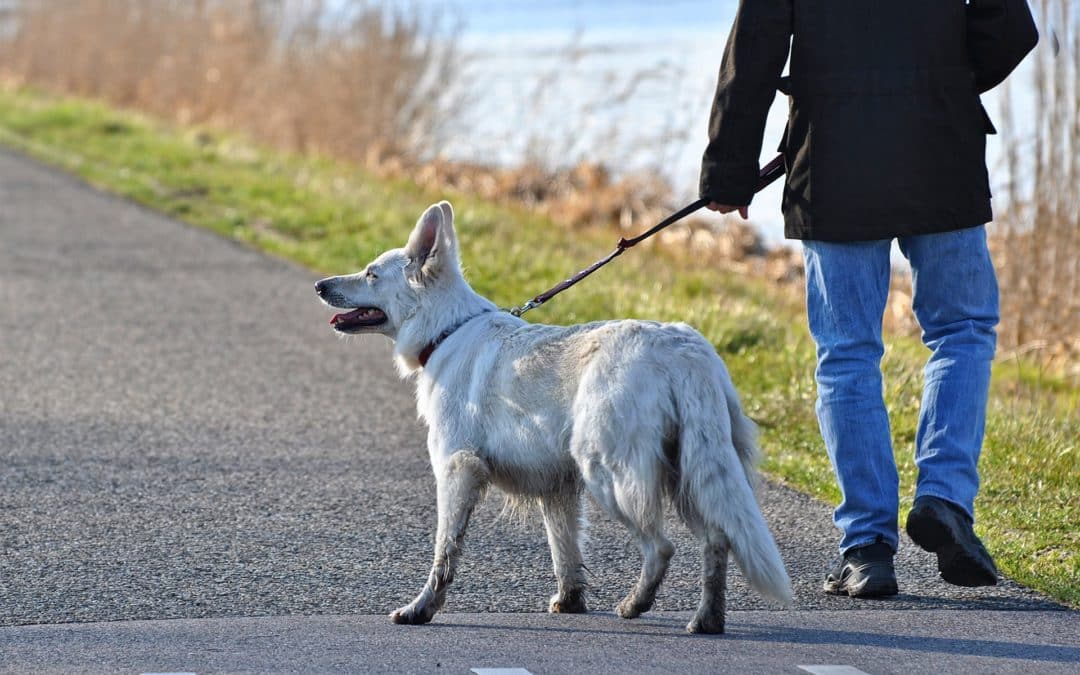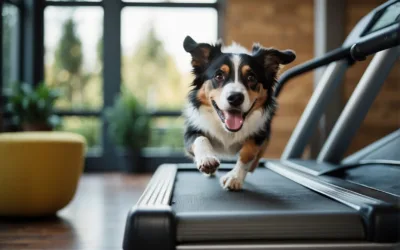Whether you’ve got a brand-new puppy or an old stubborn dog who hates to feel tethered, leash training is a necessary and important part of a dog’s life. Walking on a leash is required by law in almost all public places, and the last thing you want to deal with when out and about with your pooch is tugging, pulling, and general misbehavior. If you’re looking to teach your dog how to properly walk on a leash, keep reading!
Getting Them Used to the Collar/Harness and Leash
If you’ve got a puppy, or your dog has little to no experience wearing collar or harness, you’ll need to get them used to the feeling of having it on. Place it on them for short periods of time inside the house and give them lots of affection and treats. Keep repeating this daily until they don’t seem to mind or notice the presence of the collar or harness. If they associate collar or harness and leash time with food and affection, they’ll love it.
Once they are used to wearing the items, it’s time to make them comfortable walking in them by themselves. Attach the leash and collar/harness and place your pup in a distraction free area. Then, using a clicker or a command of your choice, get your dog’s attention. When the dog looks at you, reward them with a treat. With repetition, your dog will start to walk over to you instead of sitting and waiting for the treat as they’ll associate the click or command with a reward of food. Once they start walking towards you on their own, begin making them walk longer distances. As they are coming towards you with the collar and leash on, back up several steps so that they have to keep walking and then reward them once they reach you.
Walking on the Leash
Once you’re happy with the progress they’ve made with having the collar/harness and leash on, you’re ready to start practicing walking with them. Start off by practicing inside in a quiet room with no distractions. Start small and just take a few steps with them. Feeling and seeing the leash will be a challenge for them at first, but with patience and plenty of treats they should become used to the feeling.
When they’re confident on the leash inside, it’s time to go out into the real world. Unlike inside, there will be tons of smells, sounds and things to look at to distract you pup. They’ll want to run and tug and explore but be patient. If you’ve got a yard, front or back, try limiting them to that space at first. You’ll be close to home and can bring them inside quickly if they start to get unruly. If you don’t have a yard, keep the walks short. If you used a clicker or a command when training them on the leash initially, you can use that sounds to control them should the start lunging. You can make the sound and move away from the distraction and reward your dog with a treat when the follow you.
Troubleshooting
You’ll likely run into some issues when leash training your dog, no matter what their age is. If you’re having trouble, here are a few tips to help:
- Pulling – If the dog is pulling, stand still and refuse to move until they come back to you. Do not drag the dog with your or yank/jerk the leash. It might be best to use a harness, such as a front hook harness or a head halter, as these are designed specifically for dogs who pull.
- Lunging – Your dog may lunge for a variety of reasons, such as a car, another dog, or a cyclist riding past. Be aware of your surroundings at all times when out with your dog and try to distract them with a treat before the person or thing gets too close. By taking preemptive measures, you can stop the lunge before it has a chance to start.
- Barking – Let’s face it, dogs will bark, but barking at every dog and passerby on a walk can be frustrating. Try using the same process detailed above for lunging. Distract them with treats and create distance from the source of the agitation. Barking can also be caused by a lack of mental and physical stimulation, AKA boredom. Make sure your dog is getting an adequate amount of exercise for their breed.
If for any reason these tips aren’t helping your dog walk on their leash in a calm, normal manner OR if your dog is displaying overly aggressive and rambunctious behavior, you may need to seek out a professional trainer who can provide one on one time and guidance for you and your dog.





Recent Comments